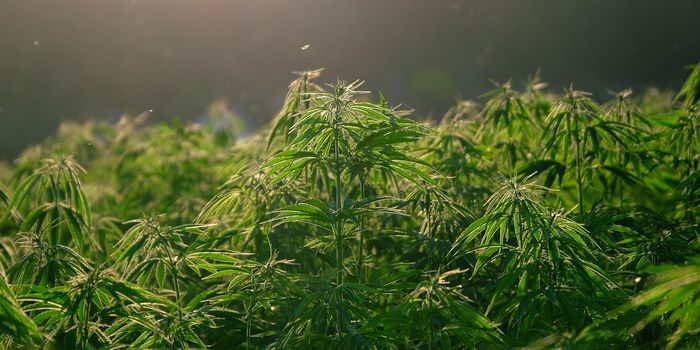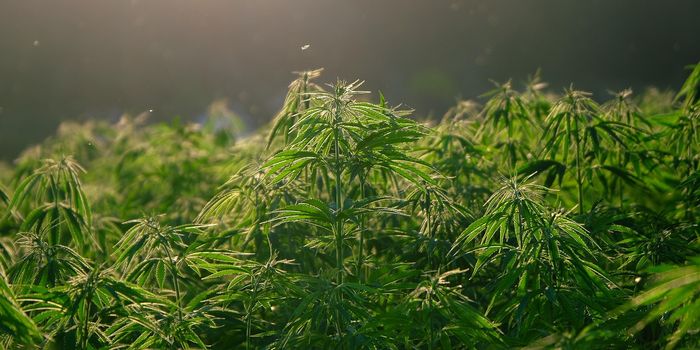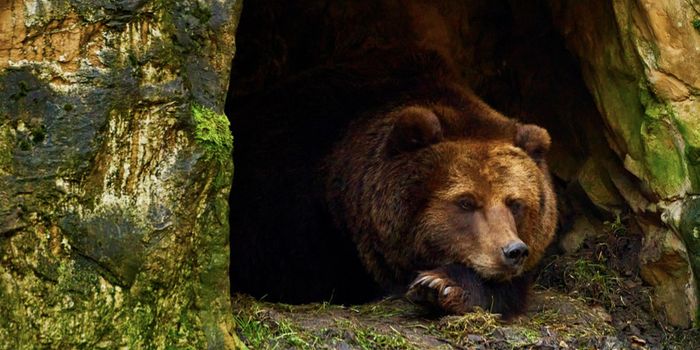Are Honey Bees Making a Comeback in the US?
Honeybees have been hit by some hard times these last couple of decades by heavy pesticide usage, colony collapse disorder, and invasive Varroa mites. On the other hand, things may finally be looking up for our favorite black and yellow pollinators.
Image Credit: scw1217/Pixabay
New data collected by the United States Department of Agriculture (USDA) reveals how commercial honey bee colonies have surged by 3% to 2.89 million as of April 2017 from the same time in 2016.
Another inspirational piece of the data is that colony collapse disorder is down by as much as 27% as of April 2017 when compared to figures from the same period the previous year.
Colony collapse disorder is an unexplained phenomenon where the worker bees suddenly leave the colony and queen to fend for themselves. They leave behind food and resources when they abandon the pack, so researchers have had a tough time understanding why they do it.
Related: Can we save the bees?
Heavy pesticide use may be the single biggest cause of colony collapse disorder, but researchers aren't completely sure yet what the real reason is; more research is required to figure it out indefinitely.
And of course, we've also got those pesky Varroa mites that wreak havoc on our commercial honey bee colonies. Between April and June of 2016, at least 53.4% of honey bee colonies were impacted by these parasitic mites. Fortunately, that number dropped to just 41.6% during the same time this year, but the resulting figure is still larger than we want to see.
It’s difficult to ignore these positive swings, but we’re not out of the woods just yet. The bevy of problems that negatively affect honey bee populations are still at large, and there’s more work to be done to mitigate their effects entirely.
The use of numerous pesticides that contain neonicotinoids may soon be banned throughout the U.S. to reduce the ongoing colony collapse disorder problem, but dealing with the Varroa mite issue is proving to be quite the challenge in and of itself.
Research is underway to find out what we can do to keep these parasites from further destroying our existing honey bee populations, but so far, they're meeting dead ends.
Related: Bees might spend more time out of the hive when rain is nearby
In the meantime, you can further help wild honey bee population growth by planting more flowers at home and avoiding the use of pesticides. Increasing the amount of welcoming territory can encourage these creatures to swoop in, pollinate flowers, and reproduce. Every little bit helps.
Source: United States Department of Agriculture via Mother Nature Network









